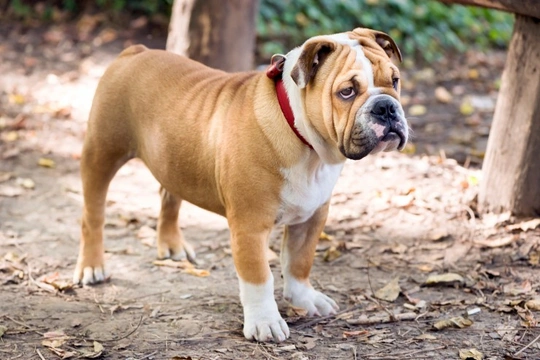
Pulmonic Stenosis in Dogs
Pulmonic stenosis is a common congenital heart problem that appears to affect some breeds more than others. The condition seriously impacts a dog's heart function because the pulmonic valve does not work as it should which results in blood not being able to flow from the heart into a dog's lungs. It is a hereditary disorder and as such any dog that suffers from pulmonic stenosis should never be used in a breeding programme which is the only way of reducing the chances of their offspring inheriting the disorder.
Breeds Most at Risk
Some breeds appear to be more susceptible to inheriting the condition than others and this includes the following:
- English Bulldog
- Schnauzer
Signs to Watch Out For
Unfortunately, all too often there are no signs of there being a problem during the first months of a dog's life. With this said it the condition is severe a dog would display certain symptoms earlier on. If their condition is less severe, a diagnosis is often made that much later and some dogs may never actually display any symptoms over the course of their lives. If the condition is severe to very serious, dogs typically show the following signs of there being something wrong:
- A reluctance to exercise
- Collapse, more especially when excited or stressed
Diagnosing the Problem
A vet might notice that a dog has a heart murmur which they could well detect when carrying out a routine health check. If this is the case, a vet would recommend referring a dog to a qualified canine cardiologist even if the murmur appears to be only slight. Dogs can have heart murmurs which are often referred to as innocent murmurs"" especially when they are still growing and as such these are typically never cause for concern, but they should always be checked out just in case. With this said, a vet would need to carry out a complete ""Doppler"" ultrasound on a dog's heart to confirm a diagnosis. A vet would also determine the severity of a dog's condition by estimating how much pressure is put on their heart due to obstruction. Other tests a vet might recommend carrying out include the following:
- X-rays to establish the shape of a dog's heart
- Angiocardiography - this is a type of X-ray where dye is used to detect a stenosis
- Echocardiography - is an effective diagnostic tool that helps vets establish the function and structure of the pulmonic valve and helps determine blood flow (Doppler echocardiography)
- Electrocardiography - a vet might suggest doing an ECG, but it is not as important a test as an X-ray or an echocardiogram
Treatment Options
Sadly, there is no cure for the condition, but there are a few treatment options available to vets which over time have proved to be effective at controlling the disease as well as improving the condition. Vets would typically prescribe ""beta-blockers"" which would help protect the heart while at the same time reducing the risk of any more damage being done through electrical instability which is referred to as ""arrhythmias"". This is important because it could lead to sudden death.
The end goal of a treatment would be to reduce an obstruction which vets can do by carrying out a procedure known as ""balloon valvuloplasty"". The surgery is normally carried out by a specialist which in short means a regular vet would refer a dog to the specialist so they can carry out the surgery. The procedure although delicate, is safe although there is always the risk of complications more especially if a dog's condition is deemed to be more severe. With this said, the outcome of the procedure is generally good and the risk of a dog dying is low.
The sort of complication that can occur which could be life-threatening include a dog suffering an arrhythmia which a vet would need to deal with as quickly as possible. If the procedure is successful which it is in about 80% of all cases,it means a dog's life can be extended quite considerably whereas without the procedure the outcome would be that much worse.
Other Conditions Associated with Pulmonic Stenosis
When dogs develop Pulmonic stenosis, all too often they suffer from other heart defects too and this includes the following conditions:
- Aortic stenosis
- Ventricular septal defect
In the case of Aortic stenosis there is an obstruction to a dog's aorta which is the artery that leaves the left side of the heart carrying blood all over the body except the lungs. Because these conditions, among others, are often associated with pulmonic stenosis, a veterinary cardiologist would need to take them into account when deciding on the right sort of treatment for a dog that’s been diagnosed as having the condition.
Living with a Dog with Pulmonic Stenosis
A vet would want to closely monitor a dog’s condition which means regular visits to the surgery. If a dog has undergone a balloon valvuloplasty, they would need to see the vet around three months after they have had the surgery then after that a vet would most likely want to check them over annually.
""



